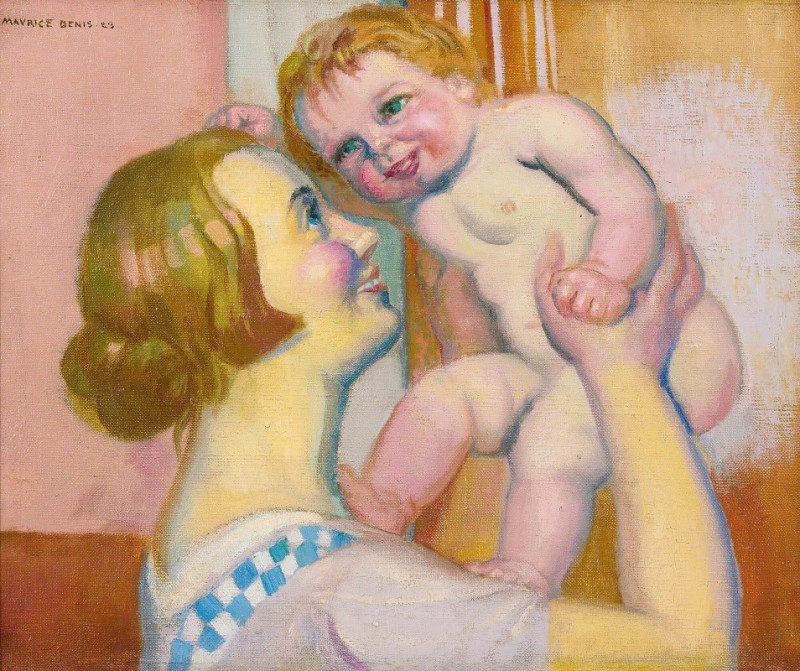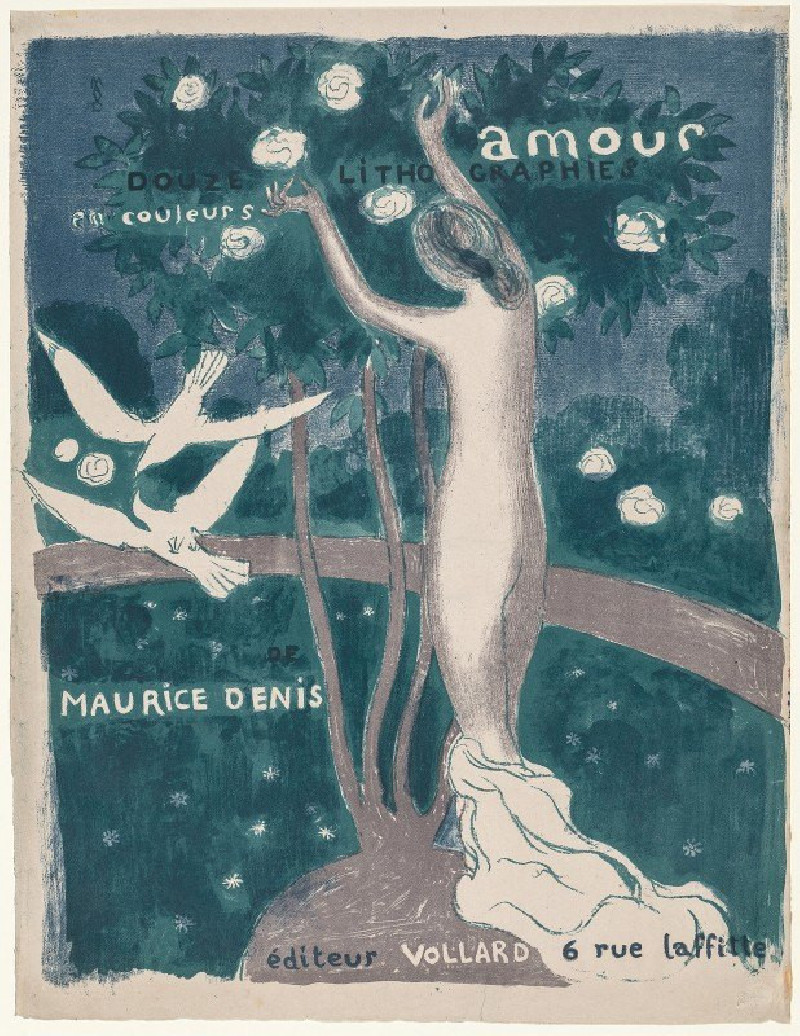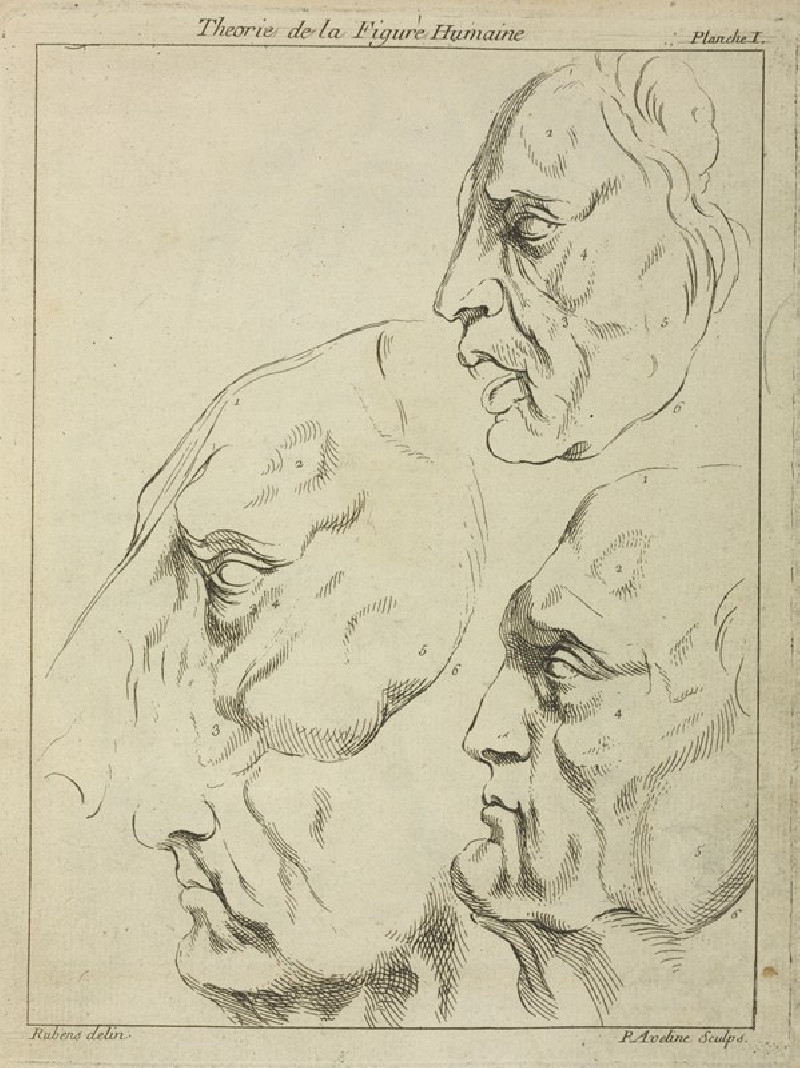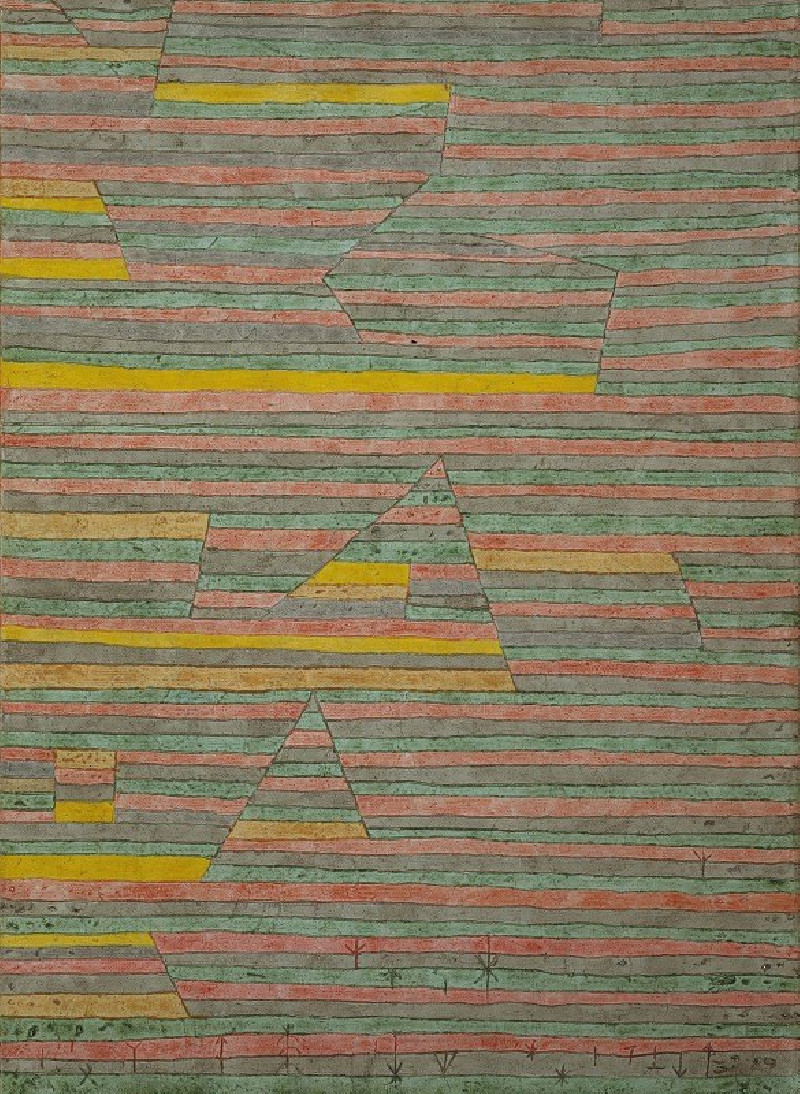Les pèlerins d’Emmaüs (1895)
Technique: Giclée quality print
Recommended by our customers
More about this artwork
Dive into the serene and spiritual essence of Maurice Denis' 1895 masterpiece, "Les pèlerins d’Emmaüs". This painting captures a profound biblical scene with a distinctive modernist approach that invites contemplation and introspection.At the heart of the composition, we see the momentous biblical episode of the Supper at Emmaus. Here, Christ reveals his resurrected self to two of his disciples, only recognized by them through the breaking of bread. Denis portrays this scene not with grandiose gestures but through a quiet and domestic setting, emphasizing the sublime in the everyday.The scene is divided into distinct segments. On the left, two servers, depicted in a calm, almost monastic fashion, carry dishes and a candleholder, symbolizing the service and light of faith. Their poised and graceful manner adds to the atmosphere of reverence and tranquility.In the center and to the right, the main protagonists of the story—the disciples and Jesus—are seated around a modestly laid table. Jesus, in a muted robe, is a calming, central figure, with his hands delicately poised as he breaks the bread—an act that is both ordinary and miraculous.The room opens to large windows showing a beautiful, stylized landscape that moves towards abstraction. The architecture and distant hills in warm earth tones suggest a space that transcends the immediate, inviting viewers to consider broader spiritual landscapes.Denis’ use of flat colors and simplified forms reflect his Nabi affiliations and interest in synthesizing symbolist content with an aesthetic inspired by both Japanese prints and the medieval tradition.
Delivery
Returns
French painter Maurice Denis (1870-1943) was one of the leading artists during the transition from Impressionism to Modern Art. He was heavily influenced by the Symbolist works of Paul Gauguin. Denis would paint with rich colors and experiment with warm and cool colors. Some of his theories have become the foundations of cubism, fauvism, and abstract art.














































